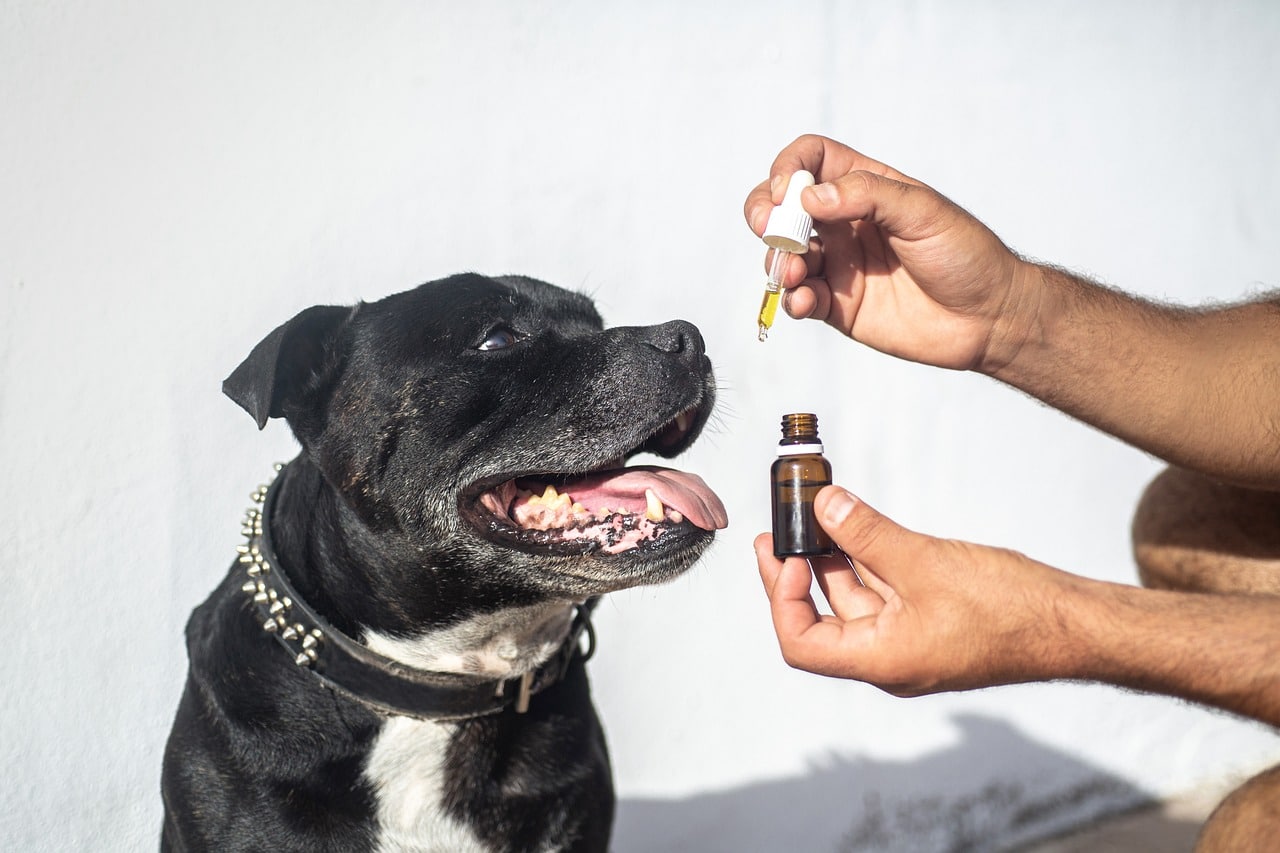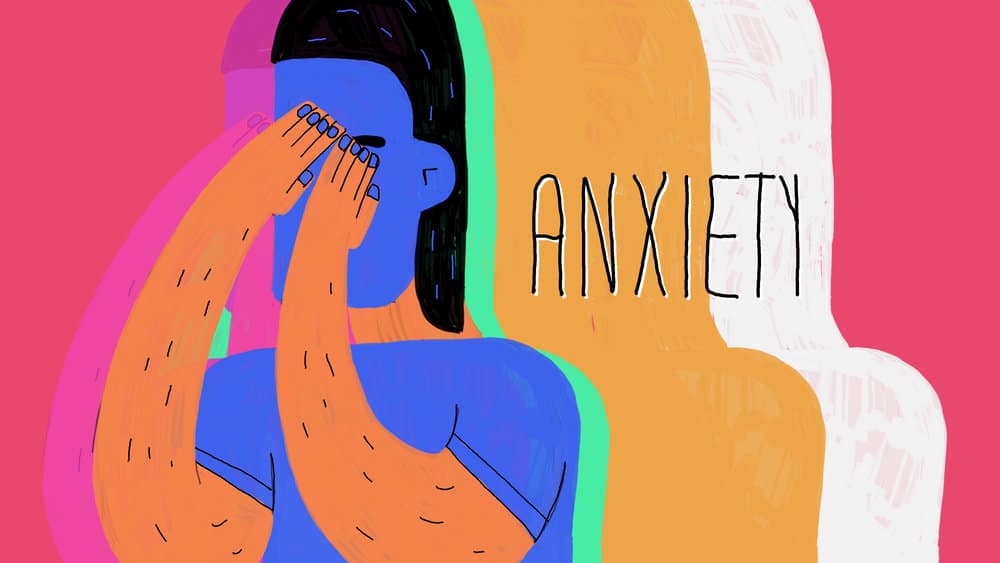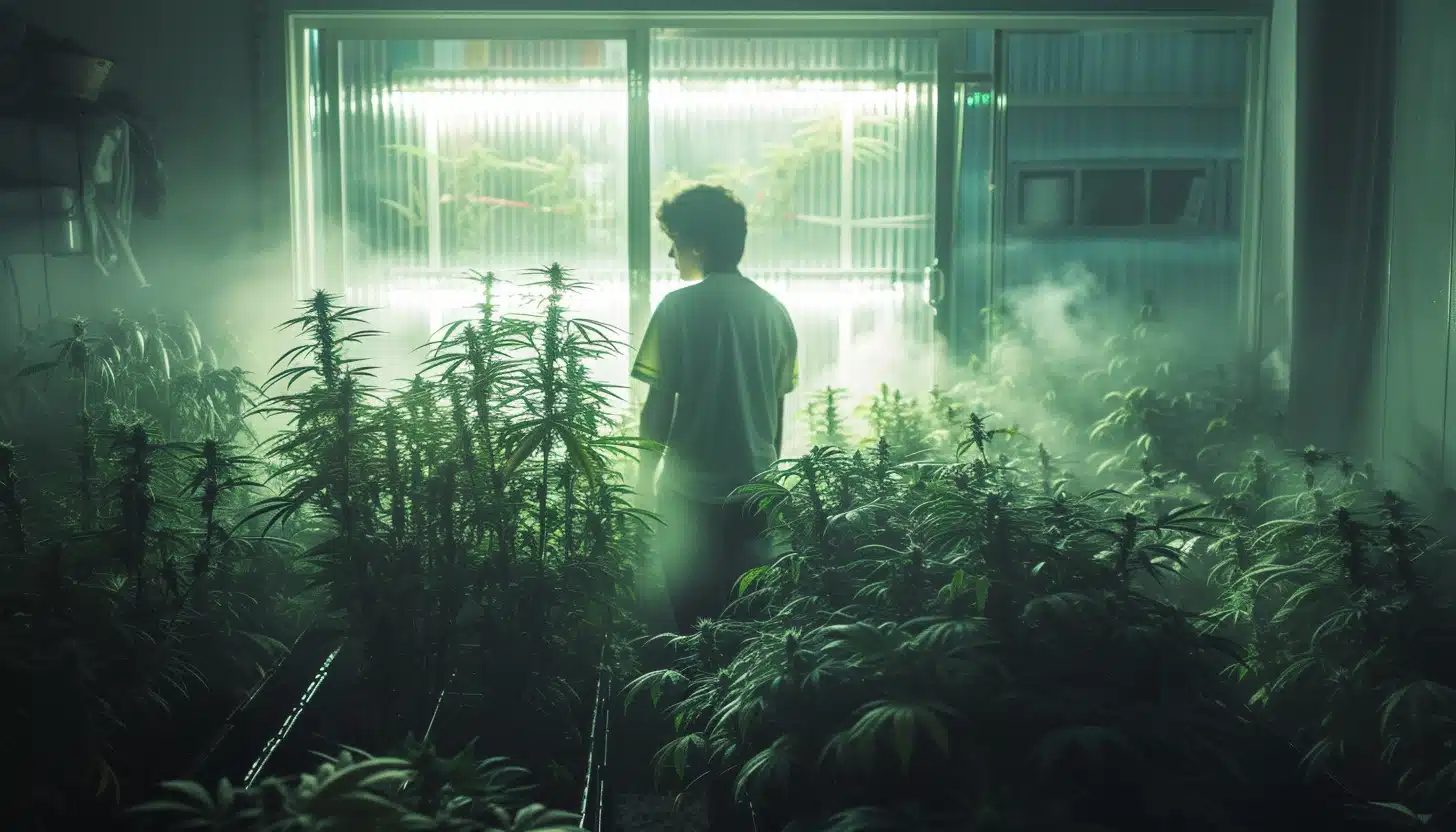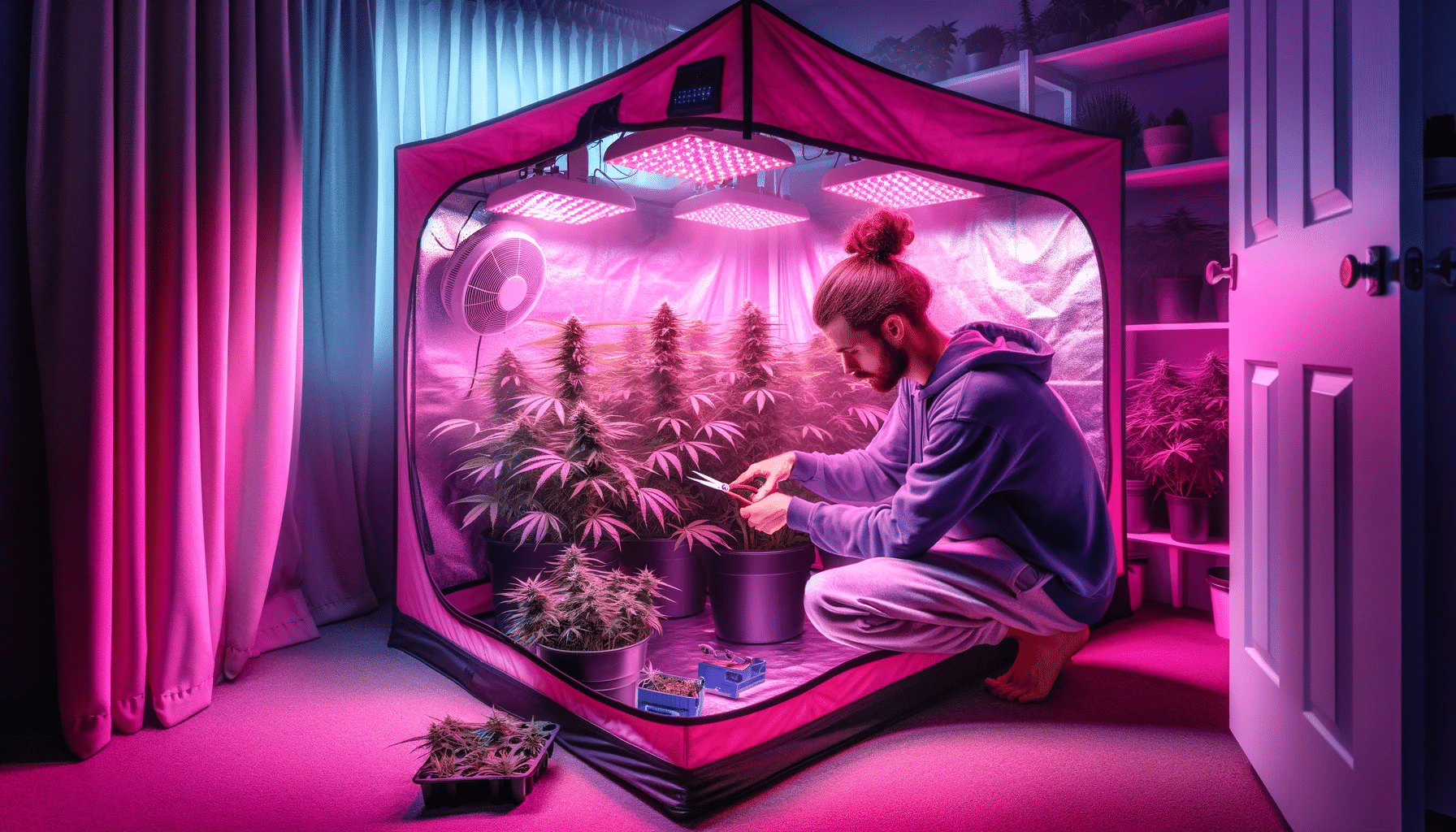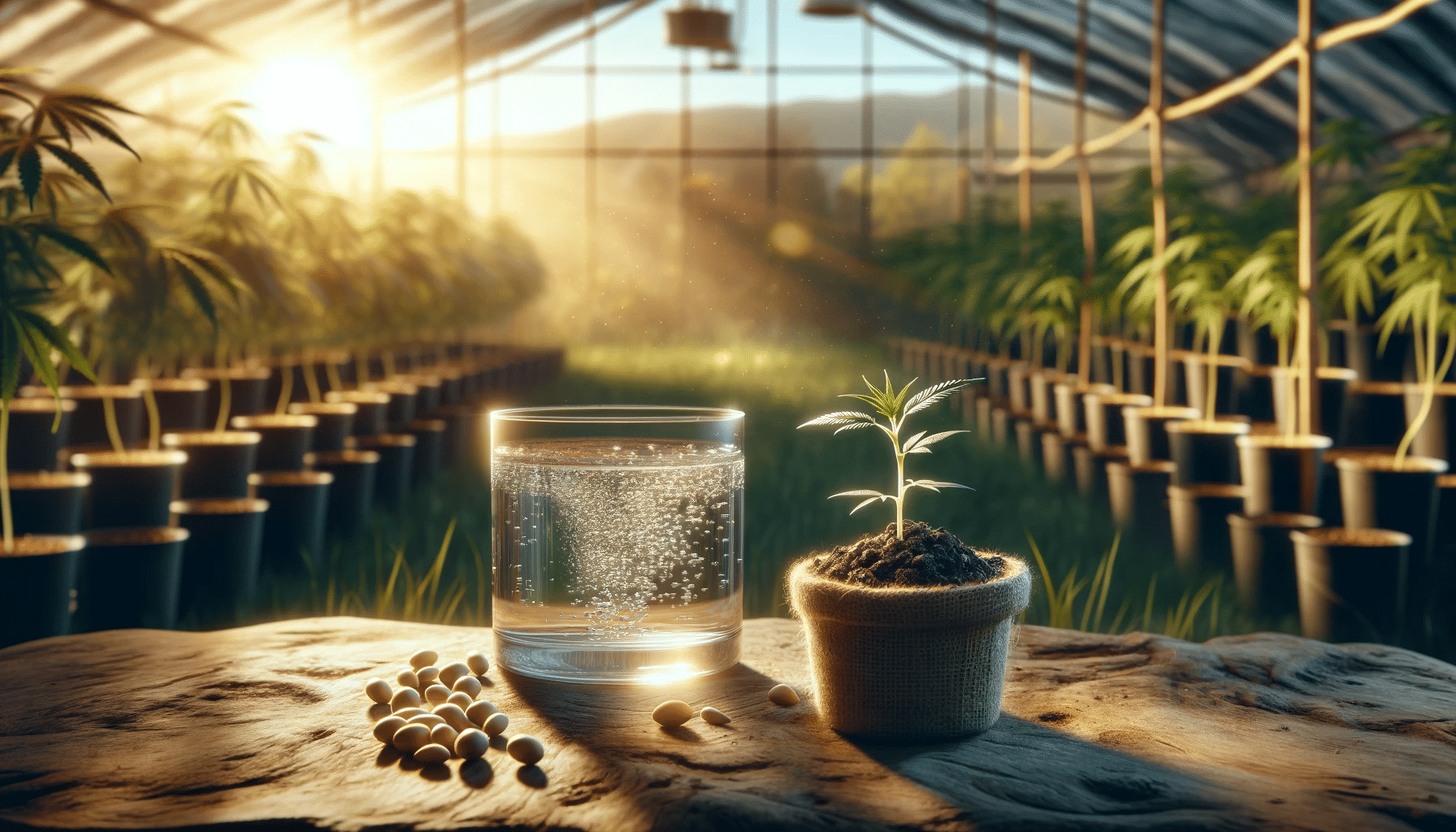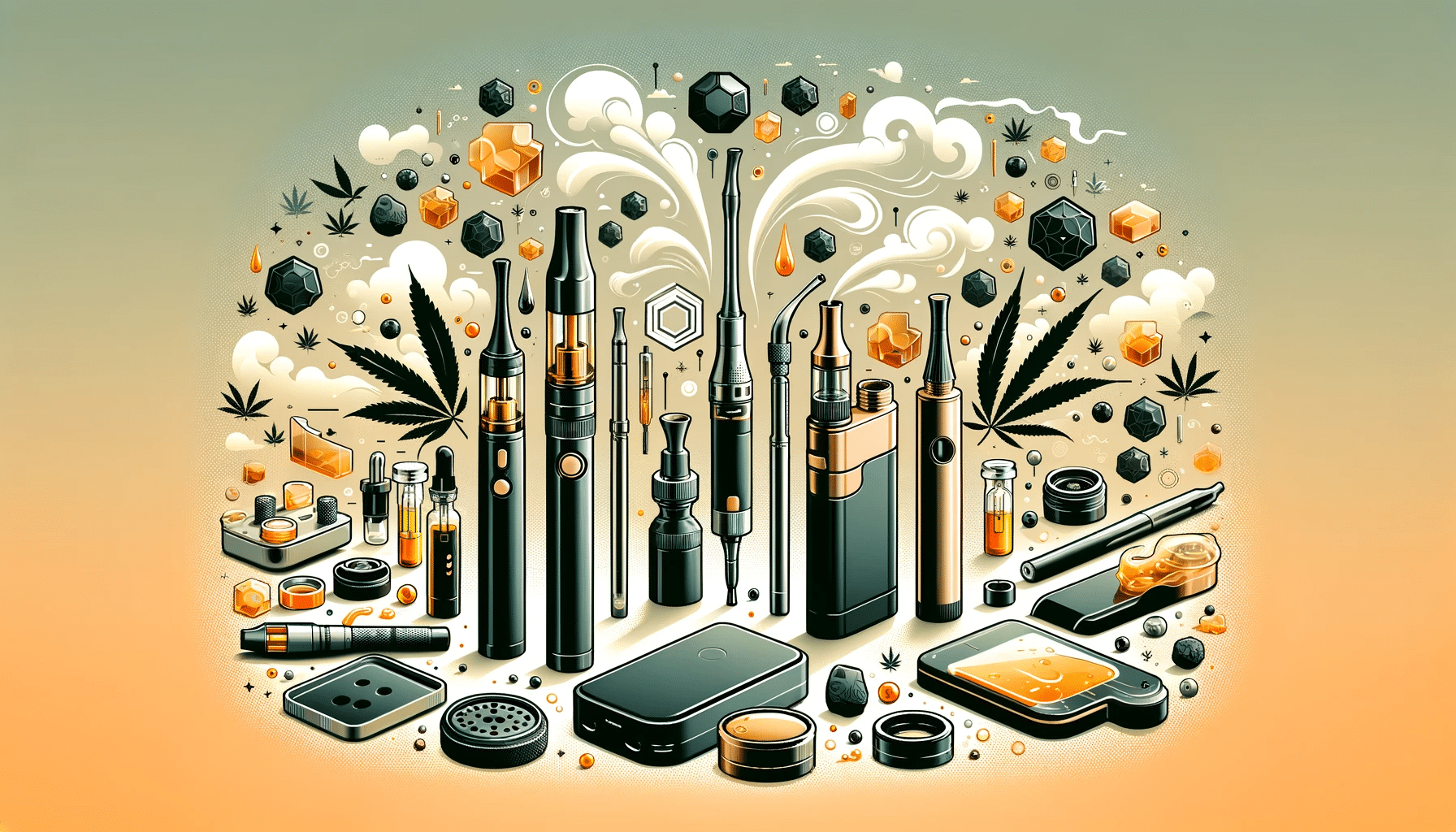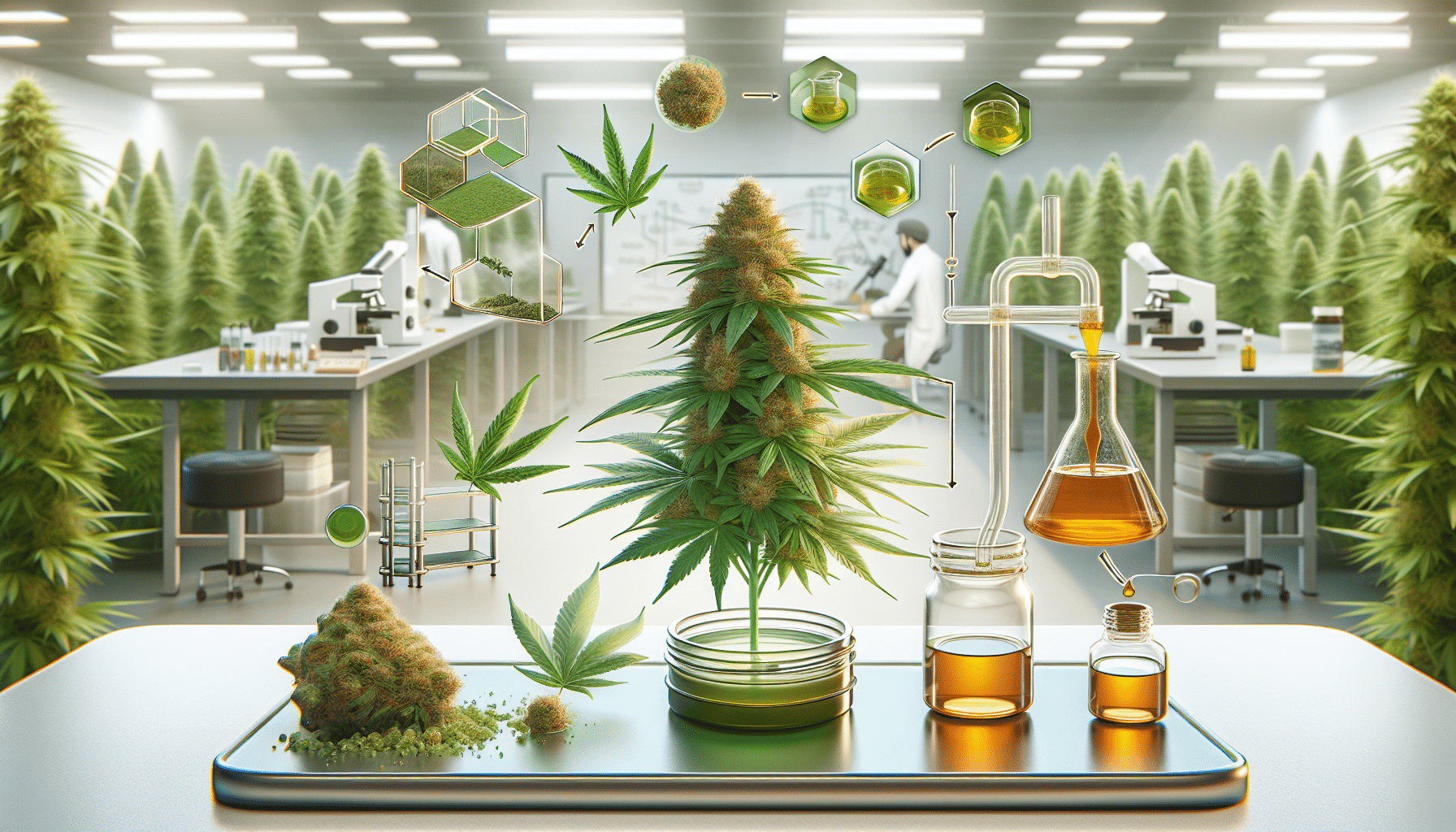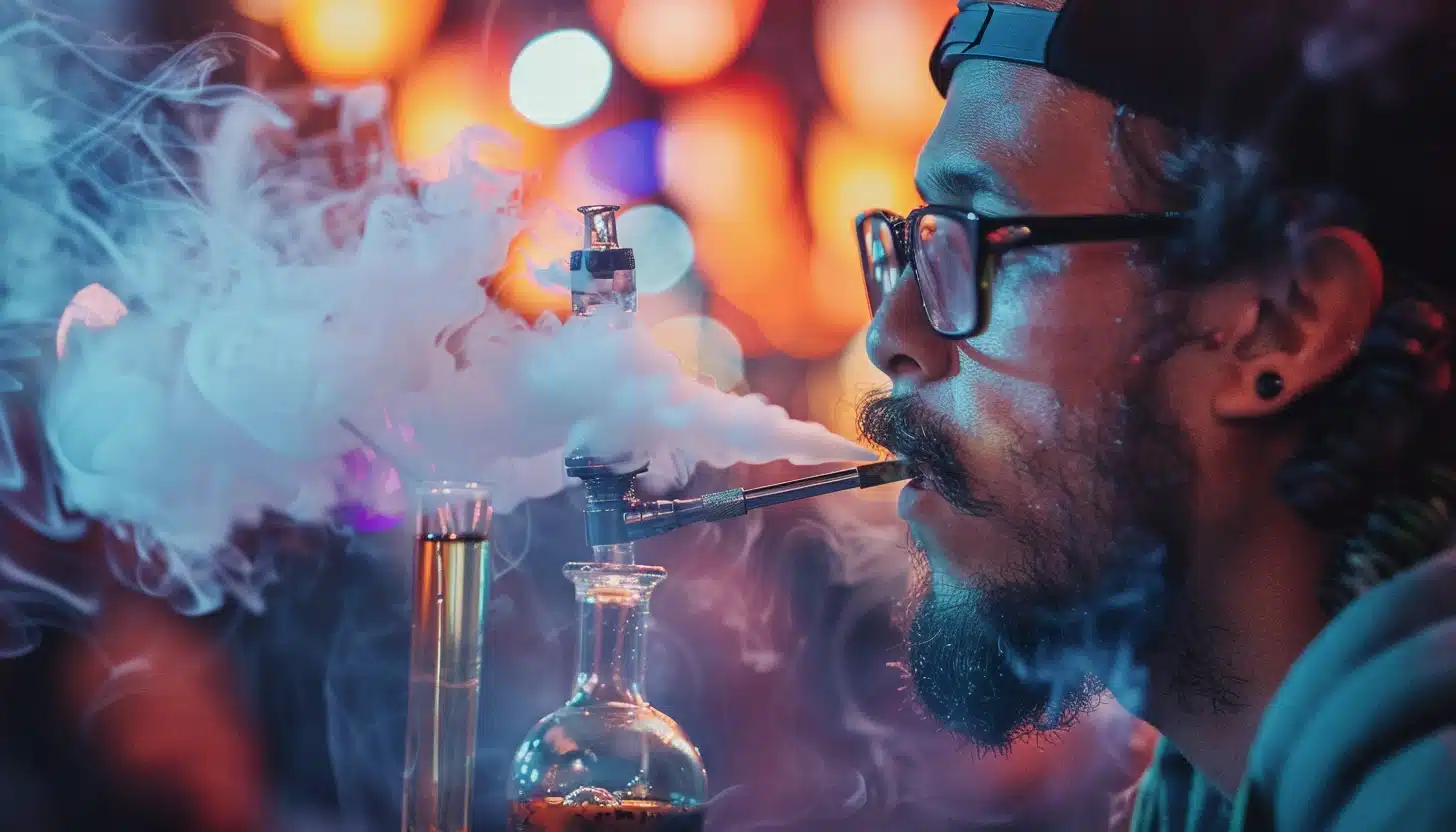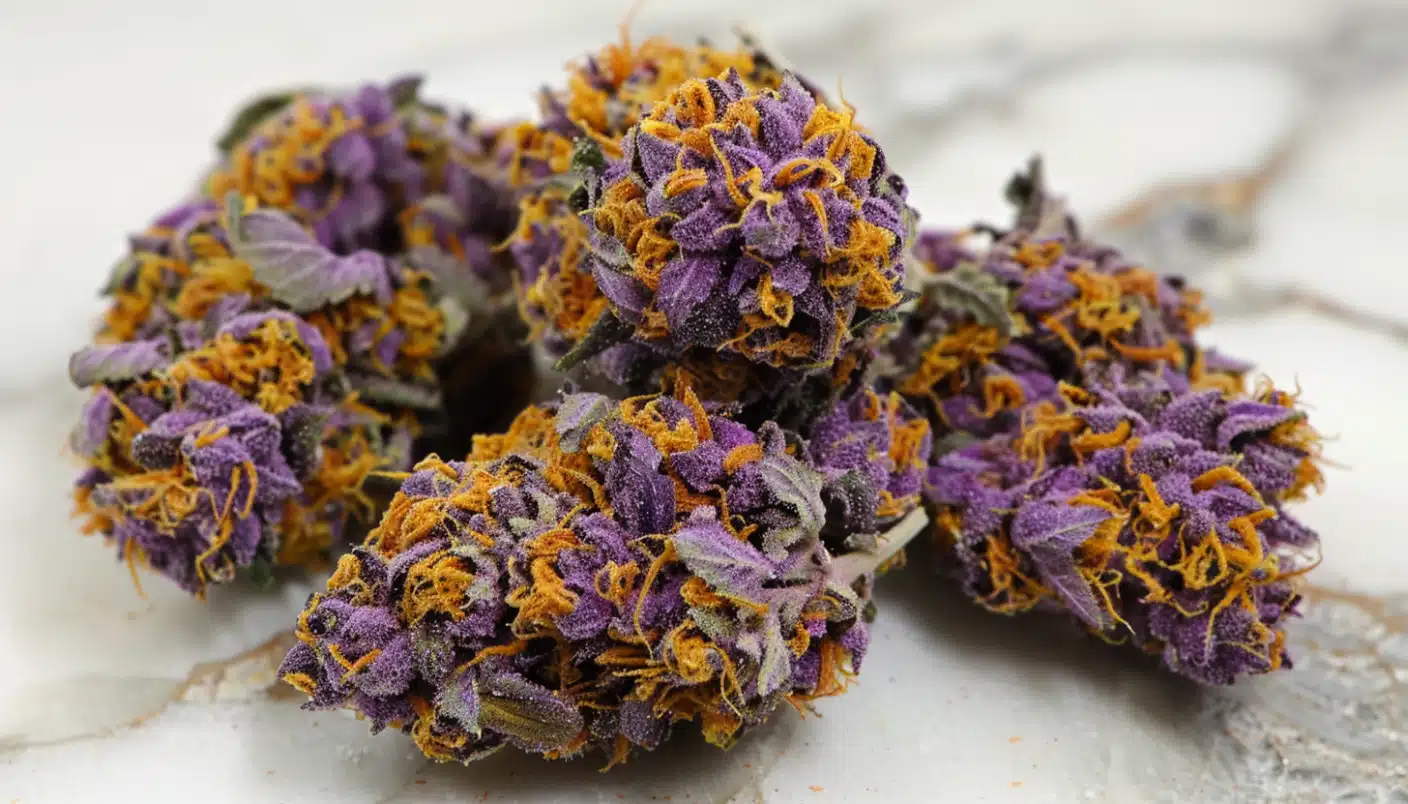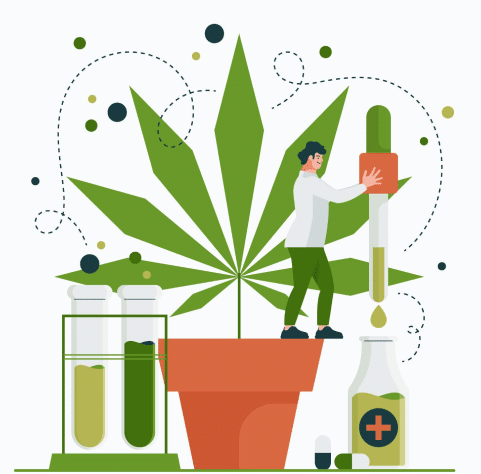Cannabis has long been enjoyed in a multitude of ways, ranging from traditional smoking of the plant to consuming edibles. Recently, a new method called “dabbing” has gained popularity. Dabbing involves inhaling vapors from highly concentrated cannabis extracts, which are known for providing a powerful experience and swift onset of effects. Keep reading to learn more about how to smoke a dab and what dabs actually are.
Dabbing Demystified: So WTF is Dabbing?
Sometimes jokingly referred to as the crack of weed (based partly on the elaborate methods used to consume a dab such as using blow torches to heat up the nail – more on that later). For the most part, dabbing refers to the consumption of cannabis concentrates, through inhalation of the vapor they produce when heated. These concentrates are created using various extraction methods, resulting in a highly potent form of cannabis with THC content that can reach up to 90%. This is a stark contrast to the typical THC content in cannabis flower, which usually floats between 15 to 30 percent.
The concentrated forms of THC in dabs are what produce their intense effects. When consumed, these high levels of THC interact with the cannabinoid receptors in the brain, causing a disruption in normal neurotransmission and inducing the ‘high’ effect associated with cannabis use. Dabs kick in pretty fast, and tend to produce a different effect than just puffing on a joint. The ‘high’ is more all consuming, and can be a bit disorienting to the uninitiated.
The Role of a Dab Rig in Consumption
At the heart of the dabbing process is the dab rig – a specially crafted water pipe designed for consuming cannabis concentrates. This device features a nail component where the concentrates are vaporized, minimizing residual solvents during the process. The nail, typically made from quartz, is heated to vaporize the cannabis concentrates. In some cases, an eNail kit is used to streamline the dabbing process by eliminating the need for a torch.
One accessory that can enhance the dabbing experience is the carb cap. It serves to control airflow and maintain an optimal temperature for vaporization. This helps produce the highest amount of vapor at the lowest possible temperature, augmenting the vaporization process, especially when dabbing butane oil. Yet, one should be careful while handling a nail or e-nail as they can attain temperatures exceeding 600°F, posing a severe burn risk.
The Evolution From Smoking Marijuana to Dabbing
The evolution of dabbing from traditional marijuana smoking is largely attributed to the advancement of cannabis concentrates. The origins of dabbing can be traced back to the use of hashish, a concentrated form of cannabis trichomes with a history spanning thousands of years. However, it is the legalization of cannabis in various regions that has led to the increased prevalence and widespread adoption of dabbing in recent times.
Dabbing is considered a more potent method of consuming cannabis compared to traditional smoking. This is due to the high concentration of THC in cannabis concentrates, which leads to a more intense and powerful high. Moreover, dabbing allows the inhalation of a larger amount of THC in a shorter period of time, resulting in quicker and stronger effects. As such, the effectiveness of dabbing is often measured against traditional smoking, with research indicating that dabbing can lead to higher THC levels in the bloodstream.
The Anatomy of Cannabis Concentrates

Forms of cannabis, such as cannabis concentrates, also known as dabs, come in a variety of forms, each distinguished by their texture and processing methods. These include:
- Shatter
- Wax
- Oil
- Budder
- Batter
- Sugar
- Crumble
- Butane Hash Oil (BHO)
The production of these concentrates often involves solvent extraction techniques, using substances like butane, followed by post-extraction purification procedures like dewaxing and winterization.
High-quality concentrates are valued for their purity and potency. For example, live resin is renowned for preserving a diverse range of terpenes, resulting in robust flavors and aromas. Grasping the terminology used in the world of concentrates is indispensable. Here are some key terms to know:
- Wax’ is used to describe malleable extracts
- ‘Oil’ typically refers to liquids such as distillates
- ‘Hash’ indicates pressed resin or kief
- A ‘live label’ signifies that the concentrates were produced from freshly frozen plants to enhance their terpene profiles.
Butane Hash Oil (Bho): A Popular Choice
Butane Hash Oil (BHO) is a widely favored cannabis concentrate produced using butane as a solvent, resulting in a high THC content product. Known by various names such as:
- Amber
- Glass
- Black glass
- Wax
- Ear wax
- Shatter
- Dabs
- Liquid THC
- Budder
- Butter
BHO’s consistency and appearance can vary.
The production process of BHO involves the use of a closed-loop hydrocarbon extractor, where butane solvent is used to extract THC-rich resin from cannabis material. This collected resin is then used for smoking purposes with the use of a dab rig. Nonetheless, creating BHO can be dangerous because of butane’s highly flammable nature, posing an explosion risk during extraction.
Solvent-Based vs. Solventless Extractions
The extraction methods for cannabis concentrates, including cannabis extract, can be broadly divided into solvent-based and solventless extractions. Solvent-based extractions involve the use of chemicals such as butane or propane to extract the concentrates.
Solventless extractions utilize physical manipulation and temperature changes to separate trichomes from cannabis plant material, without the need for chemical solvents. This method is an alternative to solvent-based extraction processes.
The Intense Effects of Dabbing

The high THC content in cannabis concentrates is what gives dabbing its intense effects. Consumption of these concentrates can rapidly induce strong physical and psychological effects, including:
- Potential for heightened sensitivity to common ailments
- Possible episodes of paranoia
- Rapid development of tolerance
- The risk of impaired judgment leading to potentially unsafe decisions while dabbing such as operating a motor vehicle.
THC from dabbing binds to cannabinoid receptors in the brain, disrupting normal neurotransmission and impacting functions such as memory and concentration. It also triggers the release of elevated levels of dopamine, which is linked to the body’s reward system.
Though a fatal cannabis overdose is impossible, the concentrated form used in dabbing presents challenges in dosage regulation. This results in an increased likelihood of encountering adverse symptoms and the quick development of tolerance. The effects of dabbing, therefore, are not to be taken lightly.
Psychoactive Drugs and Their Impact
Psychoactive drugs, such as THC, have an impact on the brain, leading to alterations in perception, mood, consciousness, cognition, and behavior. THC, the psychoactive element present in cannabis, interacts with cannabinoid receptors in the brain, leading to psychoactive effects such as euphoria, relaxation, and altered perception. Inhalation of THC usually yields a more potent psychoactive impact compared to other methods of ingestion.
The concentration of THC in dabbing is significantly higher than in traditional methods of marijuana use. Dabs can contain up to 90% THC, as compared to the typical THC content in cannabis flower that falls within the range of 15 to 30 percent.
Psychoactive drugs such as cannabis and opioids can result in cognitive impairments, impacting memory, concentration, and other cognitive functions. Substance use, especially during adolescence, is linked to decreased performance in different cognitive areas.
Medical Marijuana: Is Dabbing an Effective Relief?
While dabbing can provide rapid relief for some medical marijuana patients, its high potency and potential health risks make it a controversial treatment option. The rapid onset of effects from dabbing is the primary benefit for individuals using marijuana to alleviate chronic pain or severe nausea, as it provides immediate and effective relief. However, dabbing may result in various potential side effects including:
- Anxiety
- Agitation
- Paranoia
- Psychosis
- Physical symptoms such as coughing, wheezing, and increased heart rate
Furthermore, the elevated levels of THC and potential contaminants in cannabis concentrates present substantial health risks.
Health Risks and Legal Challenges

Dabbing’s growing popularity brings with it the need to be mindful of health and legal considerations. The high THC content in dabs can produce intense effects, and being informed about these can help users navigate their experiences responsibly and safely, if you are trying dabbing for the first time, it’s best to take it low and slow. The production of dabs at home can pose significant dangers, as it involves highly flammable processes that can result in:
- Explosion
- Fire
- Severe burns
- Asphyxiation due to the buildup of butane gas in enclosed areas.
The legal environment concerning the extraction of cannabis concentrates is intricate, as it involves varying regulations for licensed commercial manufacturers employing closed-loop systems and noncommercial producers using open systems, which present notable legal and safety concerns.
Extraction of cannabis concentrates comes with dangers such as explosions, fires, and toxic chemical exposure. When performing the extraction of cannabis concentrates, it’s advisable to observe safety precautions such as:
- Ensuring adequate ventilation to prevent the accumulation of flammable gases
- Storing chemicals and equipment at shoulder level or below
- Using appropriate personal protective gear
- Adhering to proper protocols for handling and storing flammable and potentially explosive gases
There are also alternative, safer methods to traditional cannabis concentrate extraction, including solventless methods such as dry sieve and water extraction, as well as hydrocarbon extraction using butane or propane. These methods are recognized for their ability to extract trichomes effectively without the use of harmful solvents.
Navigating the Legal Landscape
Understanding the legal framework for cannabis concentrates can be intricate, given the variations in regulations based on location and potential changes over time. The legal standing of dabbing and cannabis concentrates in the United States varies from state to state. Some states have legalized the use of cannabis for both medical and recreational purposes, while others still prohibit it. Internationally, the legal status of dabbing and cannabis concentrates varies dramatically, ranging from countries where it’s completely prohibited to those where it’s authorized for medical or recreational purposes.
The consequences linked to the unlawful use of cannabis concentrates can vary from misdemeanor charges to felony offenses, contingent on the jurisdiction. Penalties may include imprisonment for several years. The regulations have transitioned from stringent laws to more intricate approaches, with alterations occurring at the federal and state levels in the United States and globally since 1925.
Addiction Treatment and Recovery From Cannabis Concentrates
Addiction treatment and recovery from cannabis concentrates involve recognizing substance use disorder and utilizing evidence-based therapies to manage withdrawal symptoms. Dabbing has the potential to be addictive due to its potent effects, which elicit a sudden and intense reaction in the brain and body. This can lead to substance use disorder, characterized by the excessive and harmful habit of using substances.
In the case of dabbing, this refers to the habitual smoking of concentrated forms of THC, known as dabs. Withdrawal symptoms from dabbing include changes in brain function and dependence on THC, which can affect the central nervous system. Timely intervention holds significant importance in the treatment of addiction as it aids in preventing the worsening of the addiction, consequently enhancing the likelihood of successful recovery.
Recognizing Substance Use Disorder
Substance use disorder in relation to cannabis concentrates is defined as a pattern of problematic cannabis concentrate use that results in substantial impairment or distress. It is identified by symptoms including cravings, tolerance, withdrawal, and challenges in controlling or discontinuing use. Certain indications and manifestations of substance use disorder related to dabbing cannabis concentrates may encompass intense cravings, diminished interest in alternative activities, withdrawal symptoms, and heightened tolerance.
The elevated potency of concentrates, characterized by notably higher THC levels, can contribute to an increase in the body’s tolerance to the effects of THC. Consequently, individuals may find it necessary to consume larger quantities of concentrates in order to attain the desired effects. Withdrawal symptoms associated with dabbing cannabis concentrates may encompass physical manifestations such as nausea and stomach pain, as well as psychological manifestations like cravings and irritability.
Evidence-Based Therapies for Cannabis Withdrawal
In dealing with cannabis withdrawal, evidence-based therapies, such as cognitive-behavioral therapy (CBT), have proven to be effective. CBT for cannabis withdrawal is a therapeutic intervention that centers on the identification and modification of detrimental thought patterns and behaviors linked to cannabis usage. It aims to aid individuals in cultivating coping mechanisms, handling cravings, and preventing relapse. The therapy generally encompasses individual or group sessions, with a duration of 1-14 weekly sessions lasting approximately 60 minutes each. The therapy is centered on instructing individuals in skills to recognize and modify thoughts, behaviors, and emotions associated with cannabis use, aiding in the development of coping mechanisms, craving management, and relapse prevention.
Cognitive-behavioral therapy offers numerous advantages, including:
- Assisting individuals in modifying their thoughts and behaviors associated with cannabis use
- Acquiring coping skills to handle cravings and triggers
- Addressing underlying factors contributing to addiction
- Enhancing overall well-being by aiding individuals in developing healthier coping mechanisms.
There are instances where cognitive-behavioral therapy has proven to be effective in addressing cannabis withdrawal. Individuals have been able to modify their thought patterns and behaviors associated with cannabis use, resulting in improved management of withdrawal symptoms and a reduced likelihood of relapse.

Vaping and dabbing are two methods of consuming cannabis concentrates, each with its own advantages and disadvantages. The advantages of using a vape pen for cannabis concentrates in comparison to a dab rig are:
- Ease of use
- Discreetness
- Lack of necessity for heating or cleaning
- Portability
A vape pen for dabs serves as a discreet, portable, and user-friendly tool designed for consuming cannabis concentrates, equipped with an atomizing chamber that facilitates the production of vapor. Various types of vape pens are accessible for cannabis concentrates, such as dab pens, wax pens, and concentrate vaporizers.
Yet, both vaping and dabbing harbor potential health hazards. The inhalation of cannabis concentrates through vaping has the potential to cause harm to the lungs, leading to an increased likelihood of respiratory symptoms, lung inflammation, and damage to the pulmonary barrier. Dabbing cannabis concentrates has also been identified as a contributor to lung damage.
Both vaping and dabbing cannabis concentrates, derived from the marijuana plant, have the potential to lead to marijuana addiction due to the elevated concentration of THC, which can result in the onset of a marijuana use disorder when individuals consume cannabis in these forms.
Vape Pens: Convenience and Control
Vape pens improve the convenience of consuming cannabis concentrates by offering a convenient, efficient, and discreet method for enjoying high-potency extracts. By heating the concentrate to produce vapor without combustion, they enable a more controlled and precise consumption experience. Vape pens are user-friendly, as they only require the loading of a small amount of concentrate into the device and the pressing of a button to heat the material.
Vape pens operate by employing heat to vaporize the cannabinoids and terpenes present in cannabis concentrates, allowing the vapor to be inhaled through the mouthpiece. Various types of vape pens are accessible for cannabis concentrates, such as dab pens, wax pens, and concentrate vaporizers. They offer dosage control, enabling users to have precise control over the quantity of cannabis concentrate they consume, ensuring a more accurate and measured dosage.
The Debate Over Health Impacts
The health impacts of vaping and dabbing are still being debated. While vaping cannabis concentrates might produce fewer chemicals compared to smoking it, comprehensive research on the complete scope of risks is still required. Dabbing, on the other hand, involves the use of highly concentrated THC, which can substantially elevate the likelihood of experiencing an overdose and acute psychosis compared to vaping.
Users must stay aware of these potential hazards and make educated choices about their cannabis consumption. As with any substance, moderation and responsible use are key. It’s also essential for users to stay informed about the ongoing research and evolving legislation surrounding cannabis concentrates, to ensure they’re using these substances safely and legally.
Summary
To sum it up, dabbing, the consumption of cannabis concentrates, has significantly transformed the landscape of cannabis use. With its potent effects, dabbing offers a unique experience that’s significantly different from traditional methods of cannabis use. While it can provide immediate relief for some medical marijuana patients, the high potency of dabs and the potential health risks they pose make it a contentious issue. It’s vital for users to understand the implications of dabbing, including the potential for substance use disorder and the legal challenges associated with cannabis concentrates. Ultimately, education and responsible use are key to navigating the complex world of dabbing.

